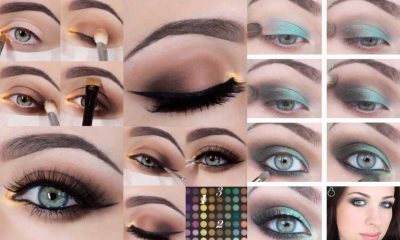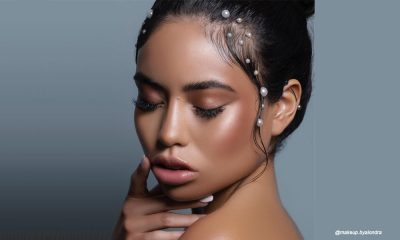
Cystic acne is one of the most painful and unsightly types of chronic acne, which is why it’s so frustrating that this type of acne is also extremely difficult to get rid of for good. The root cause of acne is pore blockage caused by a build-up of dead skin cells, sebum, and other debris, and cystic acne is the result of the most severe blockage that leads to hard cysts deep underneath your skin.
The severe pore blockage that causes cystic acne is challenging to treat, because it can stem from a wide variety of causes. Everything from hormonal fluctuation to dietary changes to hereditary factors can lead to recurring cystic acne breakouts. Depending on the cause of your breakouts, these treatment methods can help you finally free yourself from chronic cystic acne.
1. Reform Your Skin Care Routine
Switching up your skin care routine to target cystic lesions can do wonders for your acne, especially if your breakouts are a result of hereditary factors that are completely out of your control. An effective way to stay ahead of your cystic acne is to keep your pores clear and free of excess sebum.
Washing your face twice daily with a medicated anti-acne cleanser that gently exfoliates your skin is a great first step. Salicylic acid is one of the most effective ingredients for treating cystic acne because it penetrates lesions that are deep under your skin instead of surface blemishes. You can find skin creams, gels, moisturizers, face washes, anti-acne pads, and other over-the-counter remedies that are treated with salicylic acid to add to your skin care routine. Benzyl peroxide-treated skincare products can also help kill cystic acne-causing bacteria in your skin.
2. Switch Up Your Birth Control
If most of your cystic acne is confined to your chin and jawline, it’s likely hormonal. There are many reasons for hormonal fluctuations that lead to cystic acne. However, using certain types of hormonal birth control is a major cause. If you’ve noticed an increase in your cystic acne soon after changing your birth control, your chosen method of contraception might be the culprit behind your recent breakouts.
Birth control pills that only include a progesterone can trigger cystic acne in some women. Synthetic progestin hormones–like those present in some hormonal IUDs and contraceptive implants–are also a common cause of cystic breakouts. Anti-androgenic birth control pills include estrogen and an anti-androgenic form of progesterone. These pills are a good choice for women who are prone to hormonal cystic acne. These pills–which help reduce sebum build-up in your skin–can even help clear up existing breakouts.
3. Change Your Diet
Something as simple as your diet might be causing your cystic acne. Diets that are high in sugar, fat, and processed foods can lead to more breakouts.
Switching to a plant-based diet that is low in sugar, oils, and fats can help prevent future breakouts and finally put an end to your cystic acne–even if you’ve struggled with chronic cystic breakouts for years.






